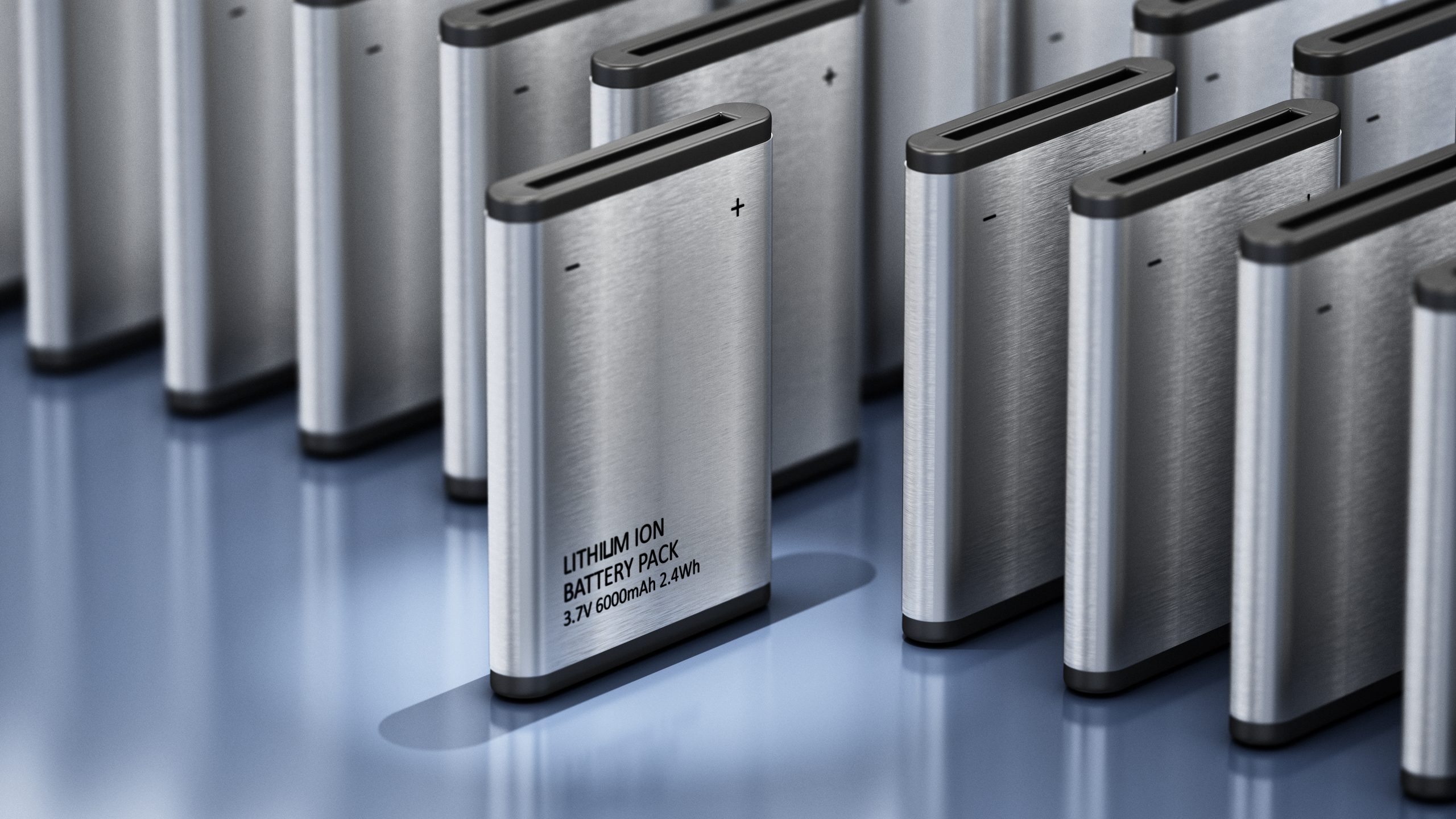E-waste being processed in China (Source: Imaginechina/REX/Shutterstock)
Every year, the pace of technological advancement seems to increase, with newer products being continuously introduced into the market. However, as a result, a substantial level of end-of-lifecycle material known as electronic waste or e-waste is produced. It is estimated that the total value of all raw material present in e-waste globally was
USD $65 billion in 2016. According to a study by
ArsTechnica, approximately 20% of the e-waste in 2016 was documented to be collected and properly recycled. The balance 80% included e-waste that was traded, recycled, or dumped under inferior conditions.
In the context of Li-Cycle’s focus on lithium-ion (‘li-ion’) battery recycling, and to understand what drives an inefficient or efficient end-of-lifecycle supply chain, the e-waste industry is an important benchmark. It is also important to assess if there are any parallels with spent li-ion batteries, which are a subset of e-waste products and a rapidly growing product stream in other uses (e.g. in electric vehicles).
The electronic waste industry – opportunities and challenges
Roughly three quarters of individuals in North America now own a smartphone.
According to a study by Business Insider, American consumers use their mobile phones for approximately 23 months before upgrading. Thereafter, used mobile phones have a variety of end-of-lifecycle fates. According to Fairphone, approximately
1.6 billion phones are estimated to be simply left at home and not enter end-of-lifecycle supply chains. There is also a substantial reuse market globally where these products are modified, refurbished, and sold to make a profit. In some cases (e.g. depending on the device condition), smart phones can enter into formal and informal e-waste supply chains.
Guiyu, China was historically known as the largest e-waste disposal site globally.
Prior to significant remediation, small-scale and artisanal recycling caused “Guiyu used to smell strongly of acid, which was used to wash metal and waste, mixed with domestic garbage that was piled outdoors, burned in the fields or discharged into the river.” Guangdong’s government approved a plan in 2013 to force all of Guiyu’s recycling workshops to move into an industrial park. Over 1,200 workshops were consolidated into 29 larger recycling operations after a succession of mergers.
In recent years, Hong Kong has become a global destination for substantial amounts of e-waste. To address domestic generation of e-waste,
starting in August 2017, the Hong Kong government began charging a tariff to electronics importers that is intended to fund an e-waste collection service and a domestic e-waste recycling plant.
Mapping to the lithium-ion battery recycling industry – what can we learn?
Driven by applications beyond consumer electronics (e.g. electro-mobility), the volume of lithium-ion battery cells being sold is set to surge. The graph below contextualizes the relative volume (in tons) of new lithium-ion battery cells forecasted to be sold through to 2025.
An estimated 5% of li-ion batteries are collected for recycling (i.e. not reuse) globally, with some jurisdictions (e.g. some member states of the European Union) having much more efficient
portable battery collection rates of >20%. Once lithium-ion batteries reach recycling facilities today, the existing best available recycling technology uses high-temperature processing (i.e. >1,000°C, also known as smelting, a pyrometallurgical method) to recycle lithium-ion batteries. Smelting typically recovers 30-40% of the constituent materials in lithium-ion batteries. The residual 60-70% is either volatilized, cleaned and emitted to the atmosphere, or ends up in solid waste (i.e. slag). Smelting specifically targets the recovery of the base metals in lithium-ion batteries – cobalt, nickel and copper – with only proportions recovered thereof. Critical materials such as lithium are not economically recoverable via smelting. Low recoveries result in an impartially closed lithium-ion battery supply chain loop.
The historical problems within the e-waste industry have been driven by incentives for financial gain via undesirable end-of-lifecycle pathways (i.e. resulting in negative environmental and/or human health impacts) and a lack of consistent regulation. As a result, the e-waste industry has often followed the cheapest disposal pathways in the past. However, developing nations are now implementing more stringent legislation and enforcement to limit the hazards associated with improper e-waste disposal.
In the context of li-ion battery recycling, it is imperative that generators have low cost, proximal, and technologically advanced recycling methods, in order to avoid the historical challenges in the e-waste industry. To solve this rapidly growing global problem, Li-Cycle has developed an innovative industrial processing technology that can recover 80-100% of the resources from spent li-ion batteries. Through Li-Cycle’s current and near-term operational presence, spent lithium-ion batteries can be recycled locally and do not need to be shipped long distances to processing facilities.
Li-Cycle Technology™ is a cost-effective solution and can uniquely enable a closed loop lithium-ion battery supply chain.







